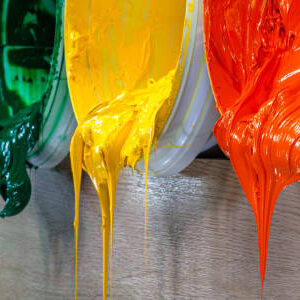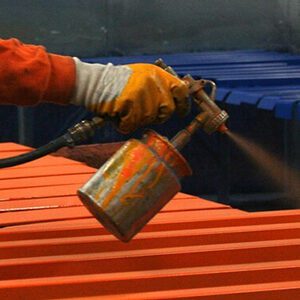STORAGE
As a finishing coat for exterior and interior surface, modified alkyd systems is used for corrosive marine and industrial environment. Suitable for protection of pipes & structural steel in chemical and fertilizer plants, dock installation, thermal power plants etc.
APPLICATION DETAILS
Application method: Air spray/brush
Recommended thinner: Witcoat Q.D. Thinner
Film thickness (dry): 20-25 microns (by dft meter)
SURFACE PREPARATION
Remove oil grease with suitable detergent solution and other contaminants by high pressure fresh water hosing. Dust off the residue.
APPLICATION CONDITIONS
Apply only on a dry and clean surface, with a temperature above the dew point to avoid condensation.
SAFETY
As a general rule, inhalation of solvent vapour or paint mist and eye and skin contact with the liquid paint should be avoided. Forced ventilation should be provided when working with solvent borne coatings in confined spaces or stagnant air. Even when ventilation is provided, respiratory, skin, and eye protection are always recommended when spraying. In addition, national and local safety regulations should be followed.









